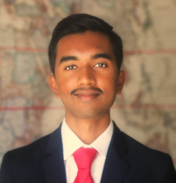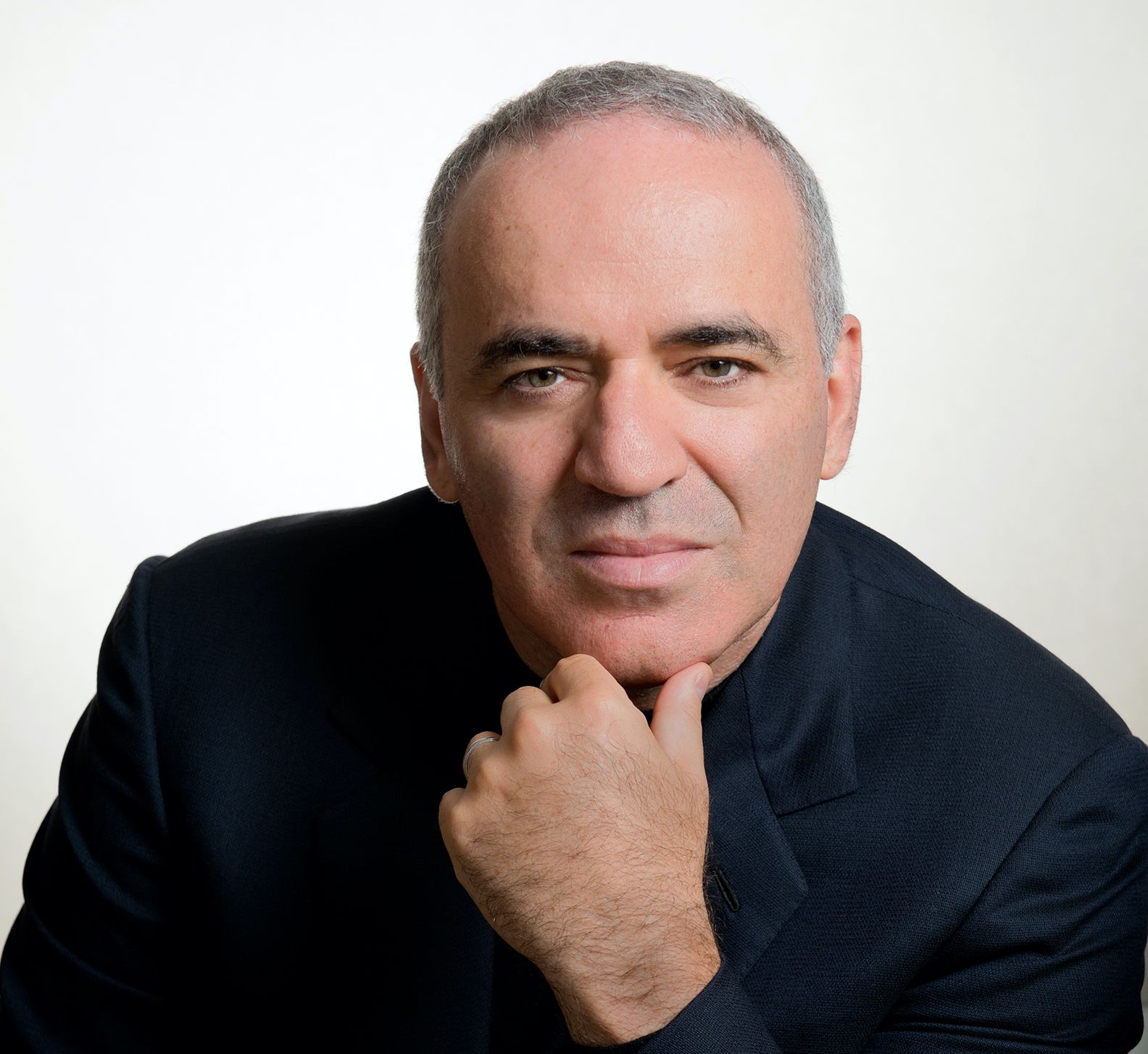Dr. X̱ʼunei Lance Twitchell is of Tlingit, Haida, Yup'ik, and Sami heritage and is a Professor of Alaska Native Languages at the University of Alaska Southeast. He is a multimedia artist who works in Northwest Coast Arts, poetry, screenwriting, audio, film, and photography. His studies are in creating safe language acquisition spaces and achieving revitalization through counter-hegemonic transformation, which constitutes a rejection of external definitions and fragmentation and a promotion of the thought world of the ancestors of language movements.
You have been instrumental in efforts to revitalize the Tlingit (KLING-kit) language, which is estimated to have a few hundred native speakers mainly in Southeast Alaska, the Yukon Territory, and British Columbia. What drew you to this mission, and why is language revitalization so important to you?
What drew me to it initially was learning the language. So I had always been close [with] my grandfather, and then, in 1996, when I was probably about 21 years old, he got very sick. [But] then I realized that he could speak the language, and he was the only one in my immediate family who could speak it, so we spent a lot of time together. He started to teach me a couple of words here and there, and it became something that we did together. Then I went back to school at the University of Minnesota, and I would study Tlingit, and then it wasn't too long after that he passed away. And so the language became a way for me to stay connected to him.
About that time, there was this really neat sort of confluence of events. There was a language conference called the Stabilizing Indigenous Languages Symposium, and they published the proceedings from that conference. Jon Reyhner was the publisher, and he [dropped] a box of these books off. I happened to find one of these and started reading about what was going on with indigenous languages in North America. It drew me to an interest of what was going on with our language and with language loss just in general. So I wrote a paper [about this] in [my] upper division composition class and I got a C-minus. The teaching assistant who graded it just wrote, “why doesn't everybody speak English?” And that was the only comment on the paper.
So I got fired up, and I fought it with the teacher, the English department, [and] the Dean of the College of Liberal Arts, and got the grade reversed, but then it sort of helped me to realize that not only was there a problem, but there [were] a lot of people who thought that this is the way that things should be. So that put me on track. Then I started to learn more Tlingit, to teach it, and to realize how endangered the language and our neighboring Haida and Tsimshian languages [were] as well. I realized that there was something [where] I felt like I could make a difference.
You previously helped pass a bill to make Alaska Native languages official languages in the state. In this time of increasing linguistic homogeneity, what other kinds of interventions do you think could help deter language extinction, beyond convincing more people to learn endangered languages?
I think [we can continue] to raise awareness to why indigenous languages are endangered. There's a lot of people who believe that they fell out of use, or that they were primitive and were replaced with something that was a superior language. People might not come right out and say that, but it's sort of nested in their mind.
So I think some of the things that could be next steps for us are, what’s the “now” and what’s the “later” conversation? For example, the “now” conversation would be, what if we developed a certificate program for students in high school who took an indigenous language and became a speaker of it? [What if] we tried to sort of make that a prestigious thing and not something that gets “othered” because it’s an indigenous thing? Then the next step from there would be to say, “What if actually to graduate high school, you had to take one year of an Alaska Native language, regardless of where you live?” and it becomes a mandatory thing. So we're looking at initiatives like that. So the short term is an incentive-based thing and the long term is a requirement. [Similarly], every teacher in Alaska has to recertify, and part of their recertification for their teacher licensure is to take courses that are in continuing education. There's a list of courses that count towards continuing education, and we want Alaska Native languages to be on that list.
That’s the “now.” The “later” is I believe that every teacher in Alaska should take at least one semester of an Alaska Native language, to maintain their certification and to get certification in the future. We don't have a proficiency [level] attached to this, but [we’re] just saying you [have] to know something about one of our 23 indigenous languages in order to be a teacher. So I think that helps to push it towards the standard. If you have educational standards, and indigenous peoples are not directly included in those standards, then you have assimilation standards.
What examples of successful language revitalization efforts, if any, do you look to for inspiration in increasing the visibility of the Tlingit language?
We look at New Zealand and Hawaii and what they're doing. We look at other successful language programs within Alaska, like [with the Yupʼik language] and their school in Bethel, and we look at [the Ojibwe language] and their schools in Wisconsin. We make direct connections with people who are in those programs so that we can emulate them and fit them to do what works for us. I think some of the most inspirational things is being able to talk to children, and to have them respond appropriately when we're speaking to them in our language. We went probably 60 years without any children growing up knowing the language, and that’s a huge and painful gap for our pupils.
So to have children who can speak and understand [our language] is a medicine for our people. Like I remember I was in Hawaii, and [while] I was studying there, I'd just go to the library [at] the College of Hawaiian Languages [in] Haleʻōlelo and read and write. And I watched these kids that were probably three [or] four years old playing hide and seek in Hawaiian. And I didn’t study, I just watched them, because they didn't speak any English, just Hawaiian. Outside [the] little island of Niihau, they [also] went generations without creating new birth speakers. So to see that it's possible to start [having] birth speakers again has been a tremendous inspiration. If [adults] see these kids talking, it really inspires them to go for it themselves.
On that note, how do you envision younger generations gaining exposure to Tlingit alongside their schooling in English?
We have created a language nest in the community of Juneau, [and] there used to be one in Yakutat. It's essentially a preschool that they go to that's entirely in Tlingit, so they spend their whole time in Tlingit. Every fall, it's very difficult because you get some new students, and most of them don't know the language. But if you give it three months, then they can actually speak and understand a lot faster than that. But as far as getting them to a really high level of comprehension, it doesn't take long. So what we're looking at is developing a K-12 system, at the heart of [which] would be a language medium school, which means all content is taught through the language. Then right outside of that, you would have a dual language program, [where students] would spend portions of their day in Tlingit and portions of their day in English. [Beyond] that, you would have an immersion program designed for children who don't speak the language to get them speaking [it], so you could push them closer towards the center. [Finally], outside of that, you [would] have a cultural program, which is immersed in the culture, but is an English-medium program.
In public education now, everything's taught through English, but we teach the language as a subject, and that's the starting point. But we want to push [students] closer to the middle so that we can have a language medium, and it's probably going to be [in the form of] programs like these four existing within a single school that's under indigenous control. To not have our own educational institutions on our land is a recipe for failure. Education repeatedly fails indigenous peoples: we're always at the bottom when it comes to success rates, and we're at the top when it comes to dropout rates. And so we need systems that we can design, that [are] for us and by us.
Some of the arguments against doing that [are people saying], “Well, we don't like segregation, because segregating schools is a bad thing.” But then we have to say, well, we're talking about languages, we're not talking about race, we're not talking about ethnicity. We're talking about a language that was born on this land, and that is right now going to die on this land, because of colonization and the violence and racism that came with that. So we can have people in this school and in this program who are not ethnically Tlingit, but who can speak this language and who choose to, because they live on the ancestral land of the Tlingit peoples.
Technology has been an essential part of your work – you’ve gotten hundreds of thousands of views on YouTube and have taught a massive open online course for Tlingit through Zoom. Now, language models are much more widespread, and AI chatbots, some with multilingual capabilities, are firmly in the spotlight. What impact do you see these new technologies having on Alaska Native languages like Tlingit, whether good or bad?
We've been talking about this. A reporter for the Juneau Empire [recently] put a short story into a chatbot [and] selected Tlingit as the language, and they were Tlingit words, but it was sort of this set of 100 words that it just shuffled around just randomly. And so it didn't make any sense, but if you didn't know what you were looking at, you might just copy and paste that and call it good. But I do think the technology can get there to help us. What it might be able to do is to give you a starting point, and then you're going to have to adjust it to naturalize the language. But a lot of language learners learn an artificial form of a language anyway, as they begin to construct a whole grammar universe in their mind. They have to sort of have these cookie-cutter templates that they build off of.
[In our case], our language has a lot that goes on within a single verb, so the verb is the part that changes the most. What we're doing is constructing things in the minds of people to say, “Here's how you change these things, and when you change them, here's how they interact.” We've had a number of computer programmers who have learned Tlingit, and they've been saying all along, we could develop a program that helps people predict what the verb prefix will be. It helps [people], as they memorize what these patterns are, to learn how these things influence each other. And other folks just say, just give me something to memorize. But for Tlingit, the verb itself changes so much that we think that technology can really help us to become accurate predictors of what it could be, and then to sometimes check our work against it. Ultimately, nothing will be as high-quality as the high-fluency birth speaker, but we [have] maybe only 10 of those left. And so we have to figure out some solutions that can help us as we move along.
Ainu, Yiddish, Mapuche, Romani – these are just a few of the world’s thousands of endangered languages, many of them indigenous languages. You also have Haida ancestry, with the Haida language having even fewer native speakers than Tlingit. What lessons have you learned from your experience that could translate into saving more Alaska Native and globally endangered languages?
I [learned] primarily that you have to build a team that's going to love each other and create safe spaces and support each other, that aren't going to cause harm, because there’s just an awful lot of trauma involved in all of this stuff at the individual and the collective level. You just have to get out of the muck sometimes to be able to see a brighter vision, and to be productive and collaborative. [You have to] try and build this unstoppable movement, but at the same time, if you start to feel success, you don't really get too much of a break, which is tough. I think you need to celebrate what's working and you need to be happy. But you're just scratching and clawing, usually as very small numbers, against a gigantic machine.
Also, reach out and figure out who is also doing this type of stuff and lean on each other. Don't try to start from scratch, but instead walk around, look around, call people, and go to language conferences if you can. Try and create a community of absolute open sharing and move out of this idea that things need to be copyrighted and protected, and this is ours and we're not going to share. Trying to move away from that mentality is tough, because indigenous peoples have been exploited for so long that I think there's this underlying feeling that if we share too much that people will take it from us. But I think we have to rely on our own cultural values, which for us comes from being generous people and from sharing and from helping others, and from operating from a place of love and kindness. We [have to] make it the best place to be, and really try to go along with each other.
Varada spoke with Twitchell on February 21, 2023. This interview has been lightly edited for length and clarity.





